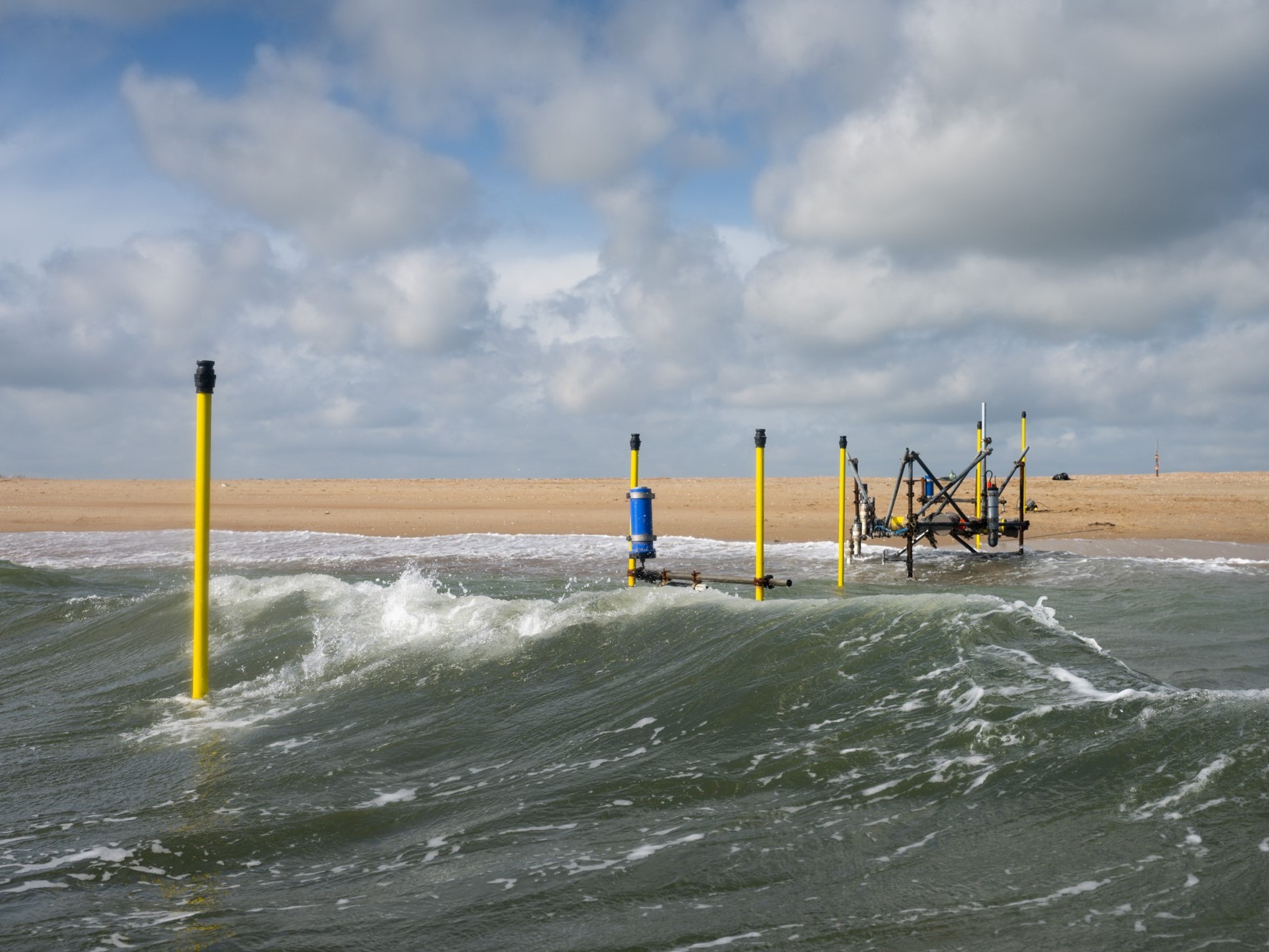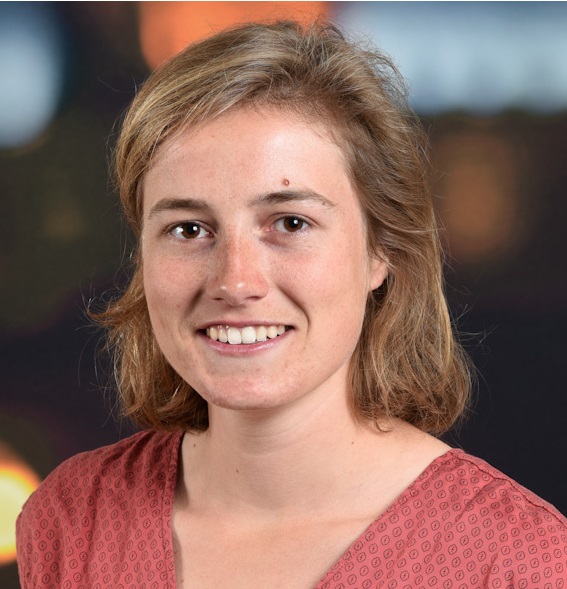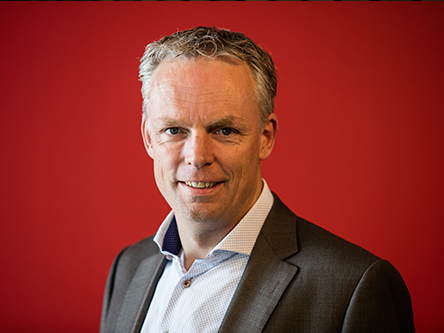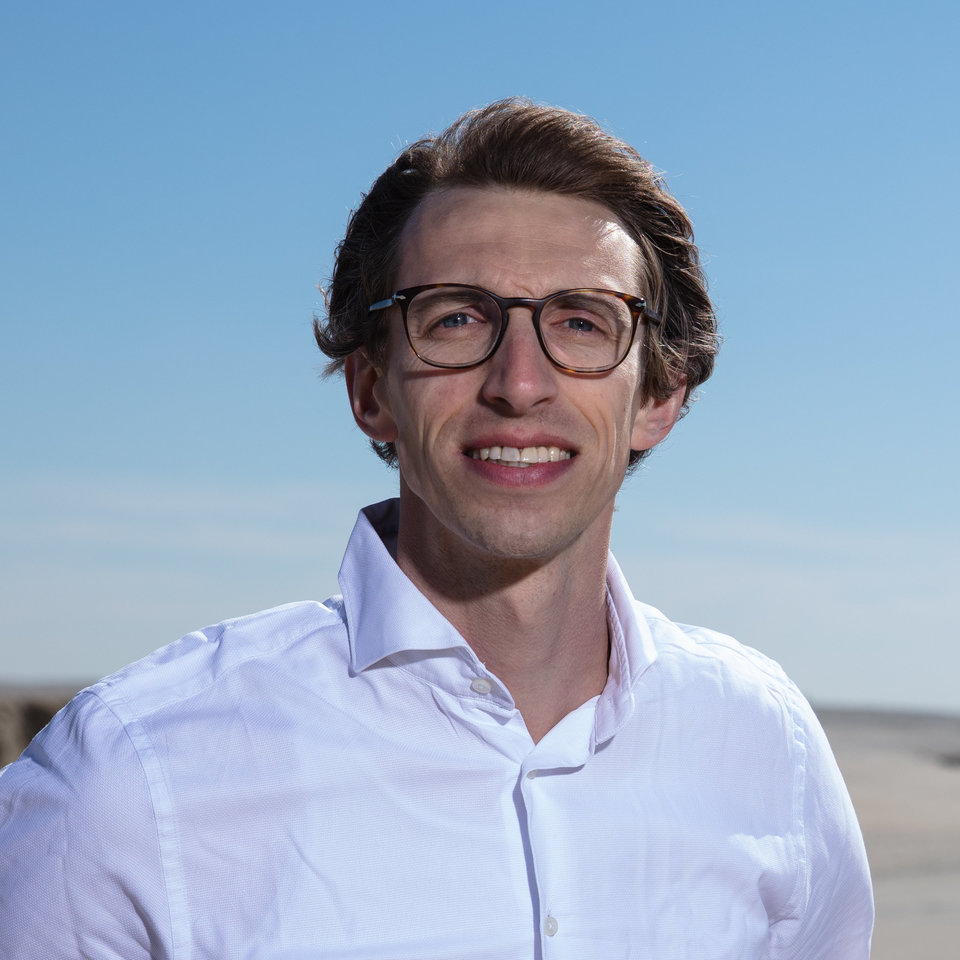EURECCA - Effective Upgrades and REtrofits for Coastal Climate Adaptation
Placing sandy beaches in front of dikes, dams and dunes is a novel engineering approach to improve weak flood defenses and prevent future flooding under rising sea levels. These so-called sandy retrofits replace traditional reinforcements of concrete, stones or asphalt which are more costly and generate societal resistance. Sandy retrofit lifetime depends on the reshaping of the added sediment by water motion and understanding this process is crucial for the sustained safety of the hinterland. So far, research has contributed to understanding the behavior of sediment and beaches along ocean beaches primarily forced by waves alone. For equally-common regions forced by a mix of waves and currents around the globe, such as around barrier islands or near river entrances, the behavior of added sediment is not well understood. This greatly hampers the prediction of coastal safety and the design of flood defense retrofits. The EURECCA project aims to unravel mixed-sand (i.e. various grain sizes) transport driven by mixed-energy (i.e. waves and currents) forcing, to deliver quantitative knowledge and forecasting technology on the sediment movement at sandy retrofits. Hereto observations of forcing and response are linked to state-of-the-art process-based models to generalize findings and propose new parameterizations in forecast and design tools. Key scientific challenges are to describe (1) the evolution of the cross-shore profile of the sandy bed level in response to calm and storm periods and (2) the planform evolution and impact of different sediment sizes on this evolution. To capture the physical processes controlling sandy retrofit behavior, we capitalize on an innovative sandy reinforcement project in the Netherlands to be completed by the end of 2019 and providing unique postconstruction monitoring data. We undertake a dedicated field campaign to determine the threshold forcing conditions that mobilize sediment of different grainsizes. The campaigns will use a combination of advanced devices developed in the last decade. Ultimately, the anticipated findings from EURECCA will improve retrofit designs and provide evaluation tools valid for sandy flood defense retrofits worldwide
This project is carried out at jointly at two universities: Utrecht University and Delft University of Technology.
Partners
- Utrecht University
- Hoogheemraadschap Hollands Noorderkwartier
- Jan de Nul
- Waterproof BV
- Rijkswaterstaat
- Deltares
- Arcadis
Contact
If you have any questions about the EURECCA project, please contact Marlies van der Lugt (M.A.vanderLugt@tudelft.nl). The project is supervised by Matthieu de Schipper (M.A.deSchipper@tudelft.nl), Ad Reniers (A.J.H.M.Reniers@tudelft.nl) and Stefan Aarninkhof (S.G.J.Aarninkhof@tudelft.nl).
Nourishments, sheltered beaches, fieldwork, numerical modeling






